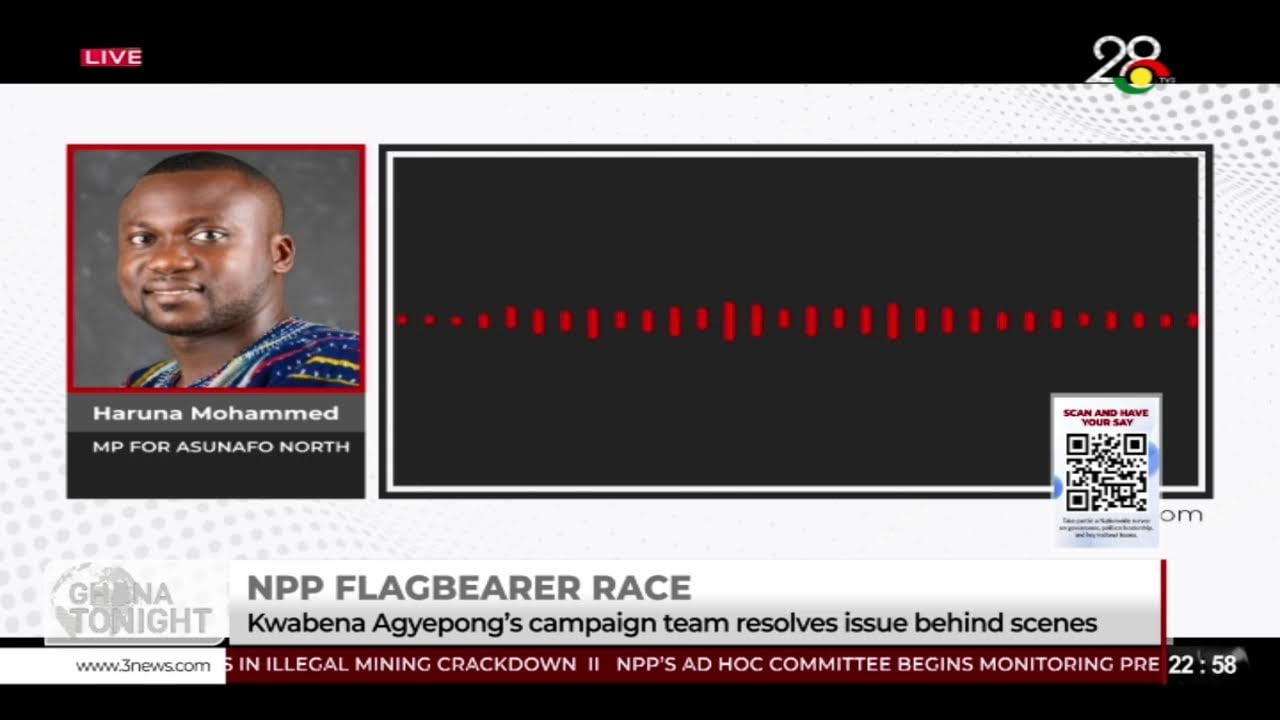
By Ebenezer OWUSU-ANSAH
For many especially those who live in the urban areas of Ghana, water may be taken for granted.
However, for many especially those living in peri-urban, rural and informal settlements – safe reliable drinking water is an expensive commodity that residents in those areas struggle to access safe potable water for their daily activities.
In fact public distrust for such sources of water has given way to sachet water (pure water) and bottled water as alternatives.
They however, come with their own complications, health, environmental, economic and regulatory challenges which can be traced to unsafe water sources, like streams, polluted groundwater from illegal mining, and inadequate treatment before consumption.
Access and reliability to potable water in Ghana:
Some regions, particularly the Northern, Oti, and North East regions, have notably worse access to clean drinking water. In these arears, a significant share of the population spends hours, daily, looking for water from distant and unsafe sources.
In cities, the water supply network is atrociously unreliable, often failing to deliver safe drinking water through water vendors and the taps. Most often the pressure through the taps is very low and supply intermittent. Most houses are equipped with overhead tanks, fitted with water pumps. Along the supply chain one can find broken pipe lines given rise to the risk of contamination in distribution or unclean storage which further exacerbates the quality of water used.
The chain effect, is that the sources of water used for the production of sachet water may have serious contaminants embodied. Low barriers to the entry of the industry, poor regulation and monitoring at the production points. A high percentage of sachet water samples show contamination, including high levels of coliforms, faecal coliforms and various parasites like microsporidia.
Poor vending hygiene, such as storage and transportation, also impacts negatively on sachet water. A significant number of sachet water operators operate with expired licenses, meaning no regulation and as such operate with impunity not adhering to laid down procedures and regulations crucial to producing safe drinking water,
Perceptions of trust:
The nationwide perception that pipe water is unsafe has driven the huge insatiable demand for packaged water. Many people erroneously think that sachet and bottled water are safe for drinking. Whether this is true for every single brand of sachet or bottled water produced is the issue. The problem is when people are producing without licensing and break every rule of producing clean water as well as the distribution process, public trust is misled.
Economic burden:
For lower income groups it becomes an economic burden for those who fall within that bracket. Sachet and bottled water cost significantly more but ironically in some instances may not be safe to use. In the event we find some poor households drinking straight from the tap.
To worsen the issue waste disposal of such plastics used for the packaging of the water needs much to be desired. Most of such bottles and wrappers end up in drains, open dumps or burnt, which comes with its attendant health issues.
Bottled or Sachet water:
No doubt Sachet and bottled water serve an important short-to-medium term role providing relatively safer potable water in areas where water supply is poor, unreliable, or not trusted. However, none of them provides the long term solution for so many reasons.
The economic burden on low income households can be substantial, draining resources. Environmental damage from plastic waste has a devastating effect on the environment.
The overdependence on sachet and bottled water tends to lower political pressure on improving public water infrastructure. That is if people think they can buy their way around unsafe public tap water, governments may redirect their efforts elsewhere. The investment in pipelines, treatment works and distribution networks may be put on the back burner.
The way forward:
Improving the situation would require a sustained and focused effort. Officials handling the process should obviously be men of integrity, rejecting all forms of corrupt gestures from the people they will deal with.
Things such as frequent inspection and monitoring of the industry, would mean the hiring of more hands,
Clearer labelling requirements setting out Ph levels, treatment methods, and producer identity would have to be enforced. Most Ghanaians do not read labels and must be educated on the importance of doing do.
The government should consider ways of making sachet and bottled water accessible to the lower income bracket. For example subsidies on those products, tax reliefs for such products whilst ensuring standards. Also government should invest more in the maintenance of water treatment plants and pipelines. As a matter of urgency stringent measures should be instituted to halt the scourge of galamsey.
The education on plastic waste disposal should be of high priority. Disposal points of plastic waste can be placed at vantage points for people to dispose of such waste.
Conclusion:
The issue is not whether Ghana can afford to act – but whether it can survive if it doesn’t. Our path continues down a road of neglect, where children cough in haze and the earth suffocates under smoldering waste. Water is life, a commodity that needs to be protected jealously. Our water sources are numerous but badly managed, most compromised by faecal matter and very toxic chemicals.
”A village without the elderly is like a well without.” African proverb. The proverb emphasizes the vital role elders play in a society. Comparing their wisdom and guidance to the essential element of water for a community, we can’t do without water but unsafe water would be like a well without water.
The post The cost of thirst appeared first on The Business & Financial Times.
Read Full Story



















Facebook
Twitter
Pinterest
Instagram
Google+
YouTube
LinkedIn
RSS